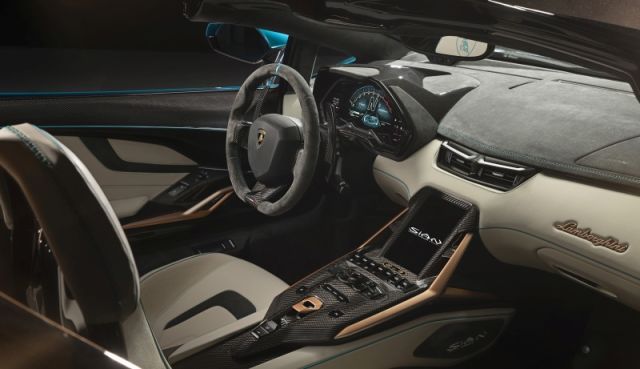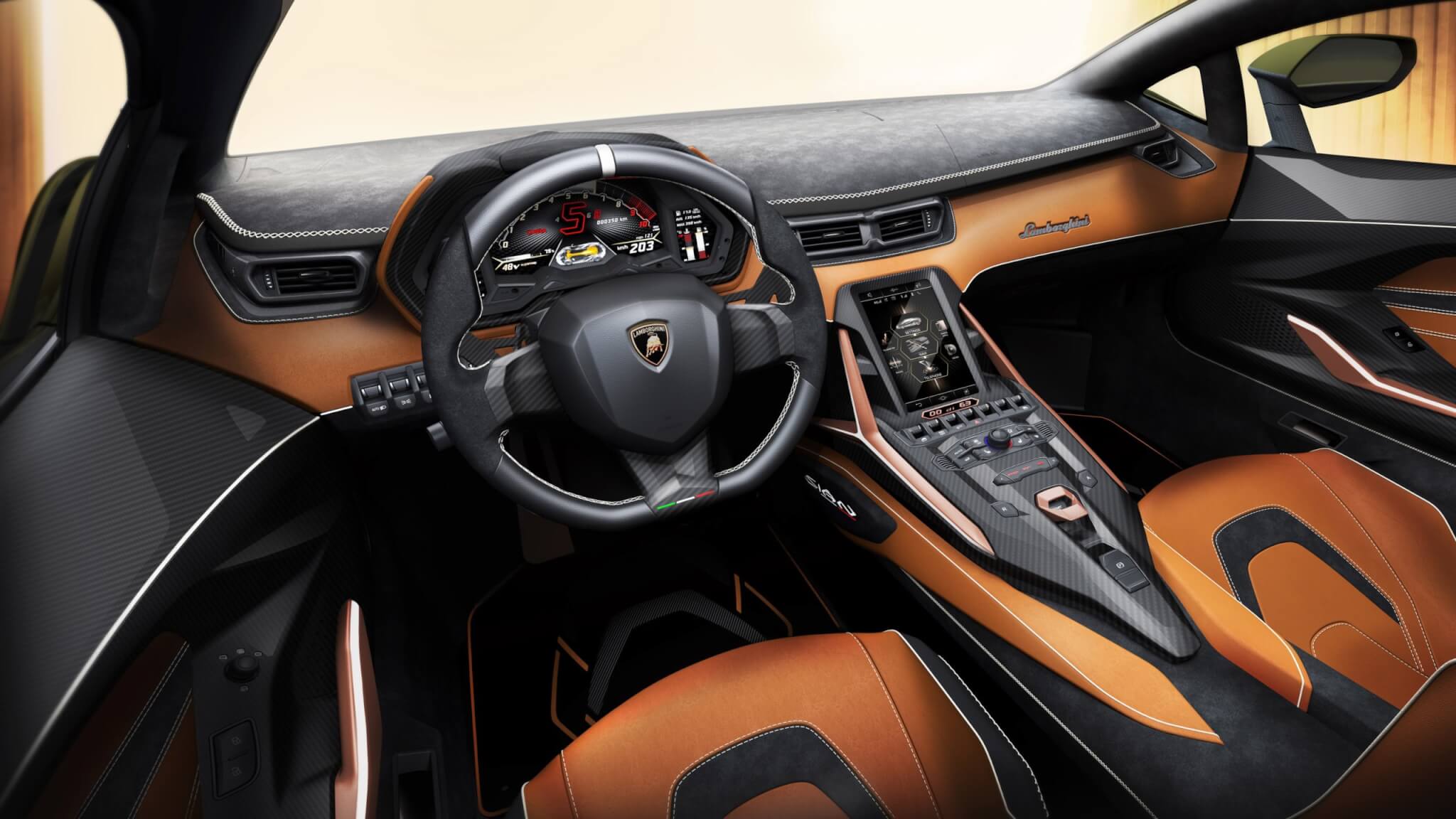“It was the moment when I finally decided to create the perfect car,” said Ferruccio Lamborghini, upon the inception of one of the greatest automotive status symbols ever. Although he died in 1993, there is a chance that the Italian great could have been aware of progressive new technologies like 3D printing and the potential for enormous impacts in the automotive industry; in fact, many automotive companies have been using additive manufacturing processes for decades.
Indeed, Lamborghini did create an automotive line–and a series of masterpieces–that have reigned supreme, passing the test of time. Well-flaunted by the rich and famous, the Lamborghini is known as one of the fastest, highest-performing, and most expensive sports cars. The latest model of the Sián Roadster sells for around $2 million, with 19 reported to be sold already.
While the new luxury vehicle is unique in the complete lack of a roof (who needs to fool with all the inconveniences of a convertible anyway), it also bears the stamp of Carbon, featuring 3D printed central and lateral dashboard air vents which are spectacularly described as offering luxurious comfort “with an adrenaline-charged feeling of acceleration and ultimately elevating the driving experience.” Carbon Digital Light Synthesis was used with Carbon EPX 82 material for these components in the Sián FKP 37, Lamborghini’s first hybrid production car.
Now owned by Volkswagen Group, the automotive company continues to design vehicles that are undeniably always on the cutting edge, further demonstrated by a partnership with the Silicon Valley-headquartered Carbon. Working together since early 2019, both Carbon and Lamborghini seem to have earned impressive mutual respect for each other, beginning with the production of a 3D printed fuel cap, and a clip component for an air duct, fabricated for the Urus SUV.
The benefits of 3D printing were quickly apparent to the team at Lamborghini as part lead time was decreased by 12 weeks. The usual time and money spent on tooling were also completely eliminated.
“With the Carbon Digital Manufacturing Platform, we were able to go from an initial concept to showing the final part on a show car in only three weeks, passing through many different design iterations to get the best result. Just three months later, we were able to move into production,” said Maurizio Reggiani, Chief Technical Officer at Automobili Lamborghini.
Carbon’s EPX 82 also passed tests for:
- Interiors flammability
- Volatile organic compounds
- Thermal cycling
- Heat aging
The two companies plan to continue working together, using the Carbon Platform and Digital Light Synthesis (DLS) technology—with the dual goal of offering even more sophisticated designs and improved components, all allowing for cars to be manufactured and presented to consumers faster.
Other luxury vehicle manufacturers have embraced the wonders of 3D printing for prototypes and functional parts too, from Rolls Royce to Mercedes, BMW, and more.
[Source / Images: Carbon; engadget]Subscribe to Our Email Newsletter
Stay up-to-date on all the latest news from the 3D printing industry and receive information and offers from third party vendors.
Print Services
Upload your 3D Models and get them printed quickly and efficiently.
You May Also Like
Heating Up: 3D Systems’ Scott Green Discusses 3D Printing’s Potential in the Data Center Industry
The relentless rise of NVIDIA, the steadily increasing pledges of major private and public investments in national infrastructure projects around the world, and the general cultural obsession with AI have...
3DPOD 260: John Hart on VulcanForms, MIT, Desktop Metal and More
John Hart is a Professor at MIT; he´s also the director of the Laboratory for Manufacturing and Productivity as well as the director of the Center for Advanced Production Technologies....
Etsy Design Rule Change Reduces Selection of 3D Printed Goods
Online marketplace Etsy has implemented a rule change requiring all 3D printed goods on the site to be original designs. The update to the site’s Creativity Standards states, ¨Items produced using...
E-Beam OEM Wayland Additive Partners with USC Racing to 3D Print Titanium Exhaust Collector
Every year, standards organization SAE International holds a competition called Formula SAE, in which students from both undergraduate and graduate programs design, build, and race small formula-style race cars. For...





































